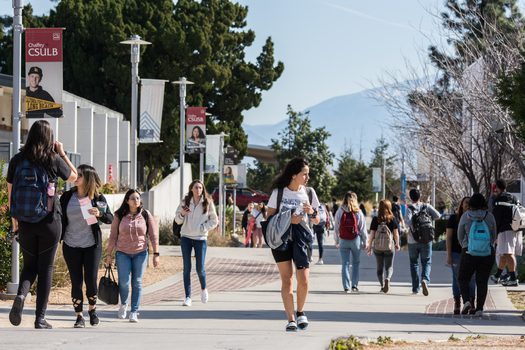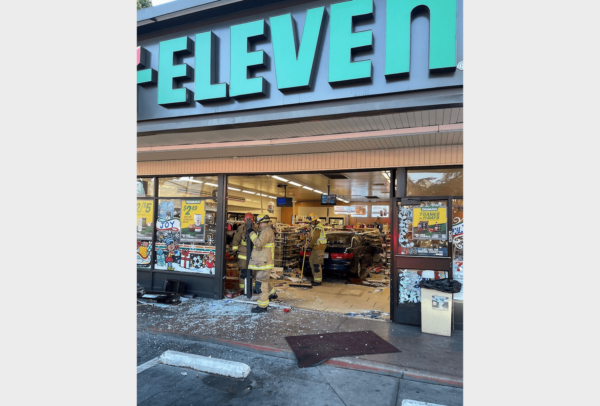Some local colleges and universities in Southern California are turning to data analytics to streamline their programs, so students can transfer more easily from two- to four-year schools.
The Transfer GPS software is being used at two community colleges, Chaffey College in Rancho Cucamonga and San Bernardino Valley College, to help students who want to transfer to Cal State San Bernardino and not lose credit for the coursework they’ve already done.
Carlos Ayala, president and CEO of the nonprofit Growing Inland Achievement, said Transfer GPS helps schools troubleshoot.
“You’re able to actually visualize where students are ‘stopping out’ of particular programs,” Ayala pointed out. “And so then, faculty can make adjustments so that it’s easier for students to flow through the program.”
The program is funded by the College Futures Foundation and is a collaboration between the John N. Gardner Institute, Growing Inland Achievement, and the three schools. Growing Inland Achievement released a study on why students drop out, and found the top four reasons include financial struggles, confusing pathways to success, lack of mental health and social support, and fear of academic failure.
Robert Rundquist, dean of institutional effectiveness at Chaffey College, said the Transfer GPS program tries to pave a student’s pathway to success by promoting an integrated four-year plan instead of a “two-plus-two-year” model.
“We’ve just never had that lens to be able to see both the pathway design and the actual student course-taking behavior, to better understand what’s happening along these journeys,” Rundquist explained. “Not just in theory, but also in practice.”
A 2017 study from the federal Government Accountability Office found more than a third of college students transferred schools over a five-year period.
Ayala added he hopes to expand the Transfer GPS program to many more schools in the next few years.
By Suzanne Potter, Producer, Public News Service
References: Study Inland Empire GIA 2022; Federal study Gov’t Accountability Office, Aug. 14, 2017







